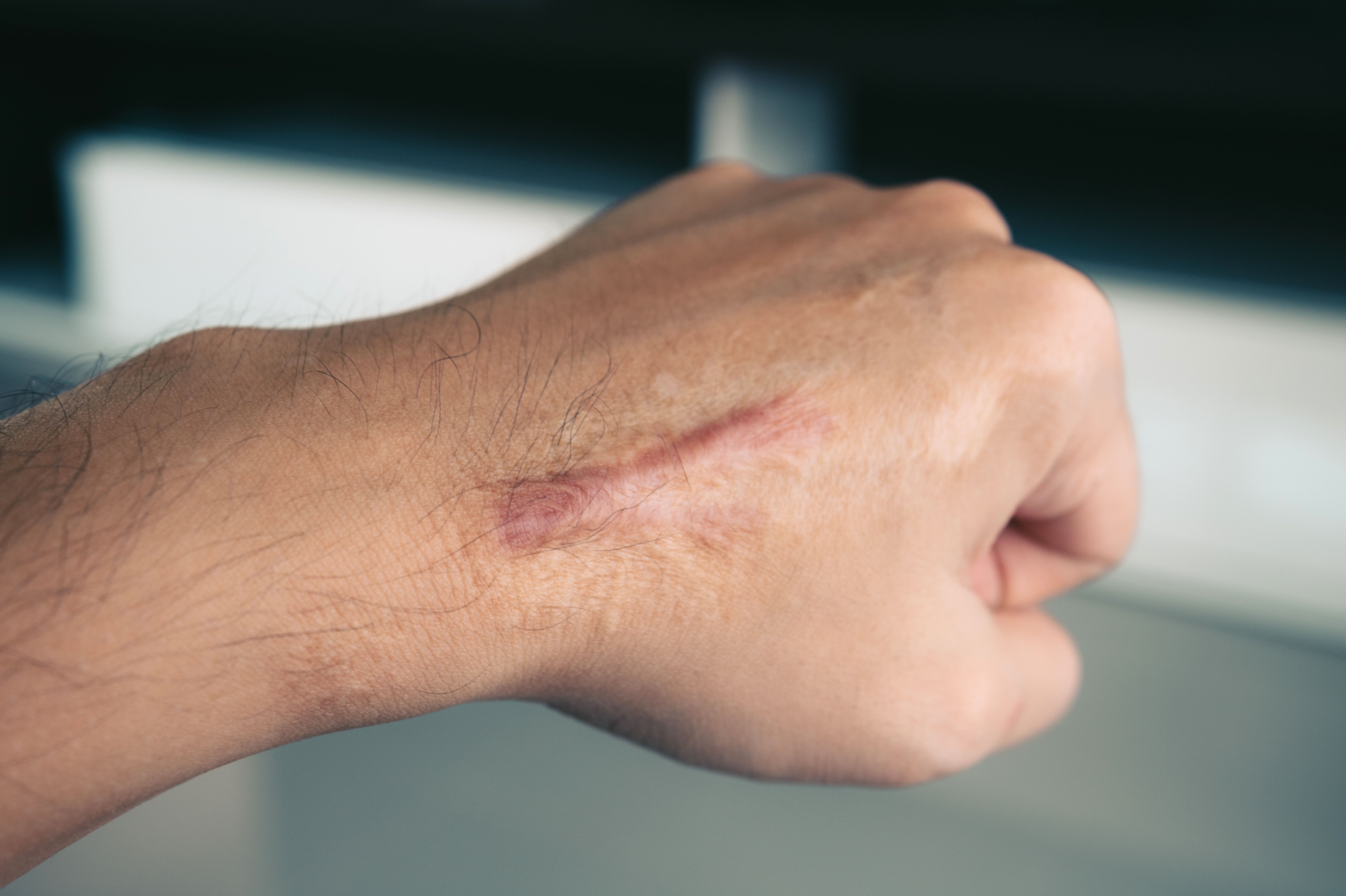
(Vienna, 09 November 2021) Hypertrophic scars with thickened, often painful and itchy scar strands are a serious problem for patients after accidents, operations and especially after burn injuries. Although various, treatments are available, they are often unsatisfactory and there are currently no known active agents that can improve or prevent hypertrophic scar formation. Vera Vorstandlechner from the Department of Plastic, Reconstructive and Aesthetic Surgery, Hendrik Jan Ankersmit from the Department of Thoracic Surgery and Michael Mildner from the Department of Dermatology and their teams have now used single cell sequencing to discover new targets and active substances for the improvement of hypertrophic scar formation.
The study was carried out with funding from Aposcience AG, the Austrian Research Promotion Agency, Vienna Business Agency and the Sparkling Science Programme of the Federal Ministry of Education, Science and Research and has now been published in the leading journal Nature Communications.
The genetic map of hypertrophic scars
Using single cell sequencing, the researchers in this study analysed both the gene pattern of mature human hypertrophic scars and of scar maturation in a mouse model. In human skin, a specific subtype of fibroblasts that played a major role in scar formation was identified. By comparing this scar-specific fibroblast type with fibroblasts during scar maturation in mice, it was possible to identify a group of serine proteases that were equally elevated in both experimental approaches. In the mouse model, it was possible to inhibit two of these serine proteases with commercially available inhibitors, which significantly improved the scarring process.
Two new approaches to the treatment of scarring
In vitro, the inhibition of dipeptidyl peptidase IV (DPP4) with the drug sitagliptin and of urokinase (PLAU) with BC-11 prevented the formation of myofibroblasts, which are responsible for contraction and excessive matrix deposition in scars and other fibrosing pathologies. The addition of sitagliptin and BC-11 to fibroblast cultures significantly reduced the release of matrix components such as collagen and fibronectin and decreased the contractility of fibroblasts. In the mouse wound model, topical application of the inhibitors showed an improvement in scar quality with reduced parallelism of collagen fibres and reduced accumulation of extracellular matrix proteins, while maintaining equally good wound healing.
Thus the study not only provides completely new insights into gene activity in scar tissue but also indicated drugs for the possible treatment of hypertrophic scars.
Service:
Nature Communications: The serine proteases dipeptidyl-peptidase 4 and urokinase are key molecules in human and mouse scar formation. Vera Vorstandlechner, Maria Laggner, Dragan Copic, Katharina Klas, Martin Direder, Yiyan Chen, Bahar Golabi, Werner Haslik, Christine Radtke, Erwin Tschachler, Konrad Hötzenecker, Hendrik Jan Ankersmit and Michael Mildner
doi: 10.1038/s41467-021-26495-2.